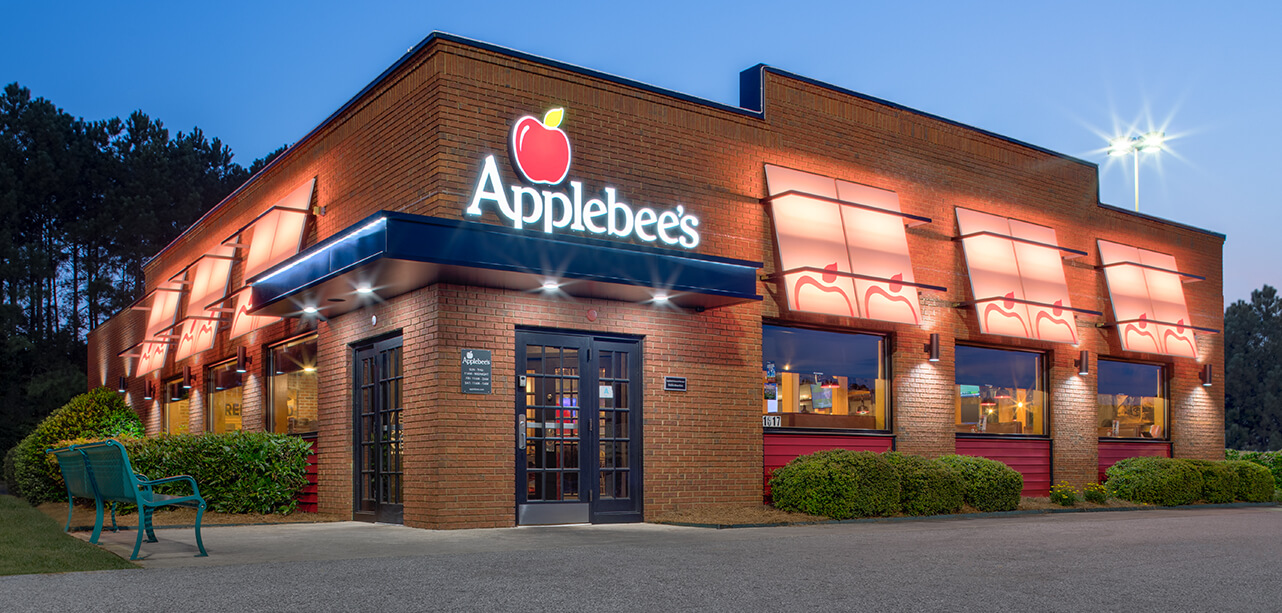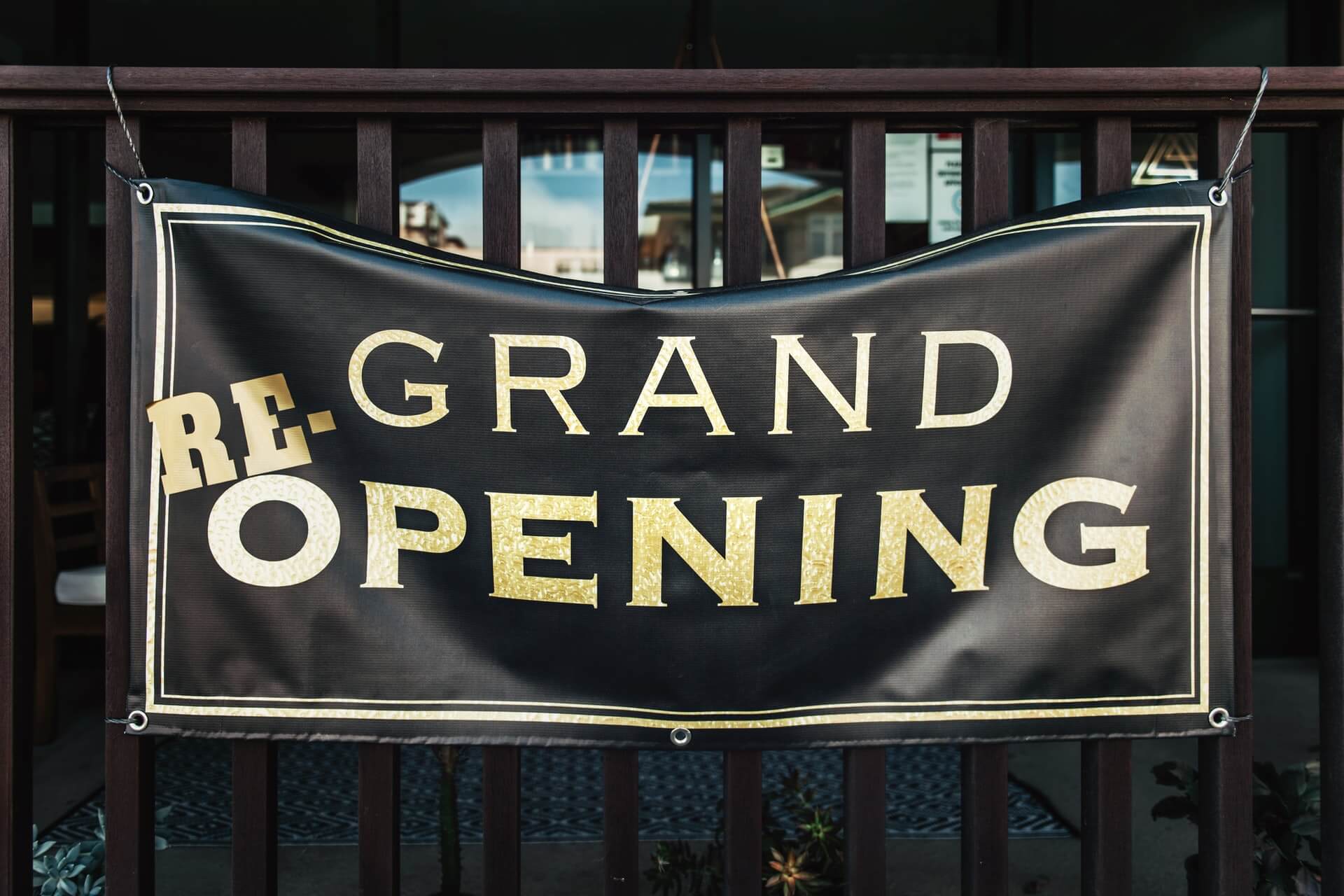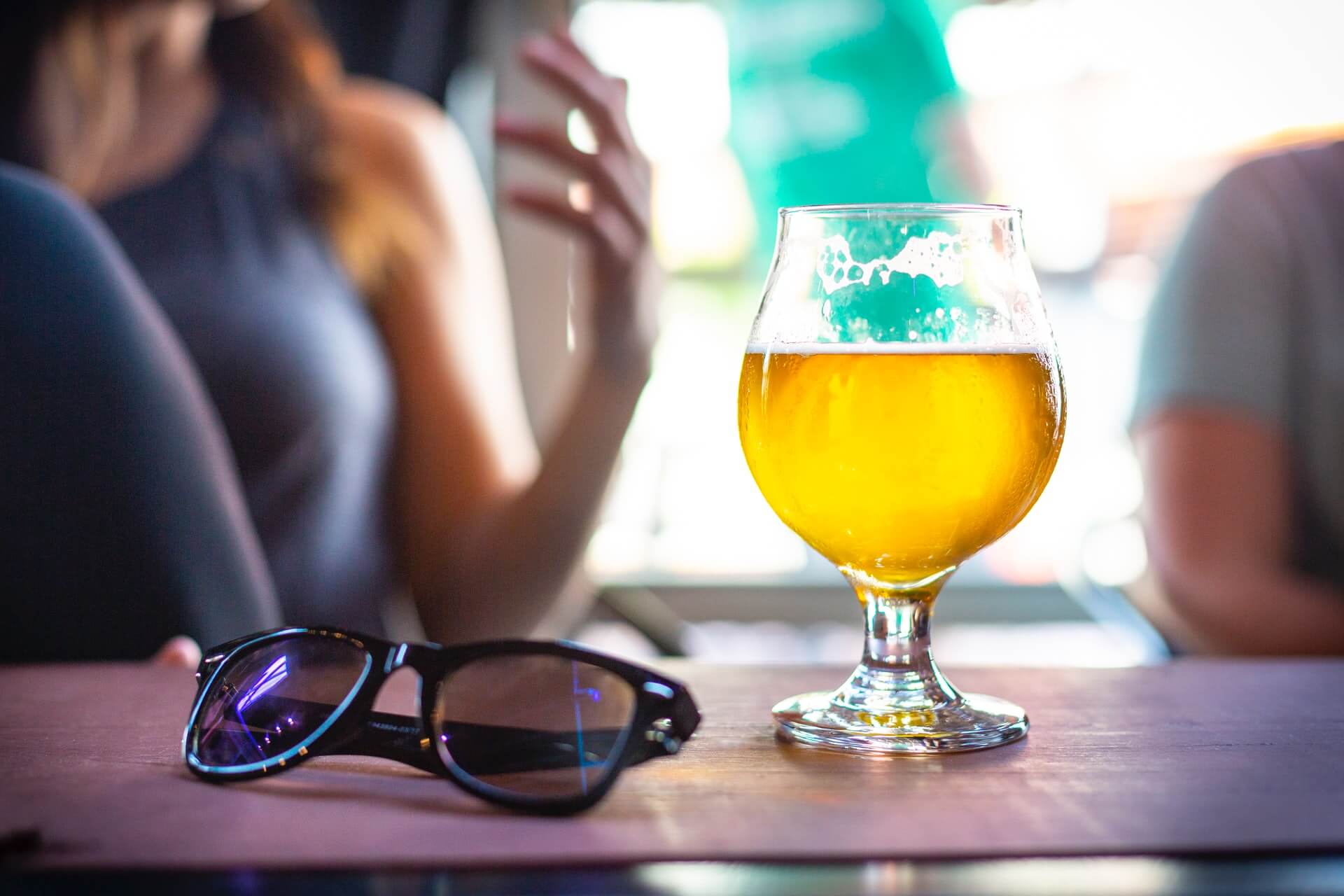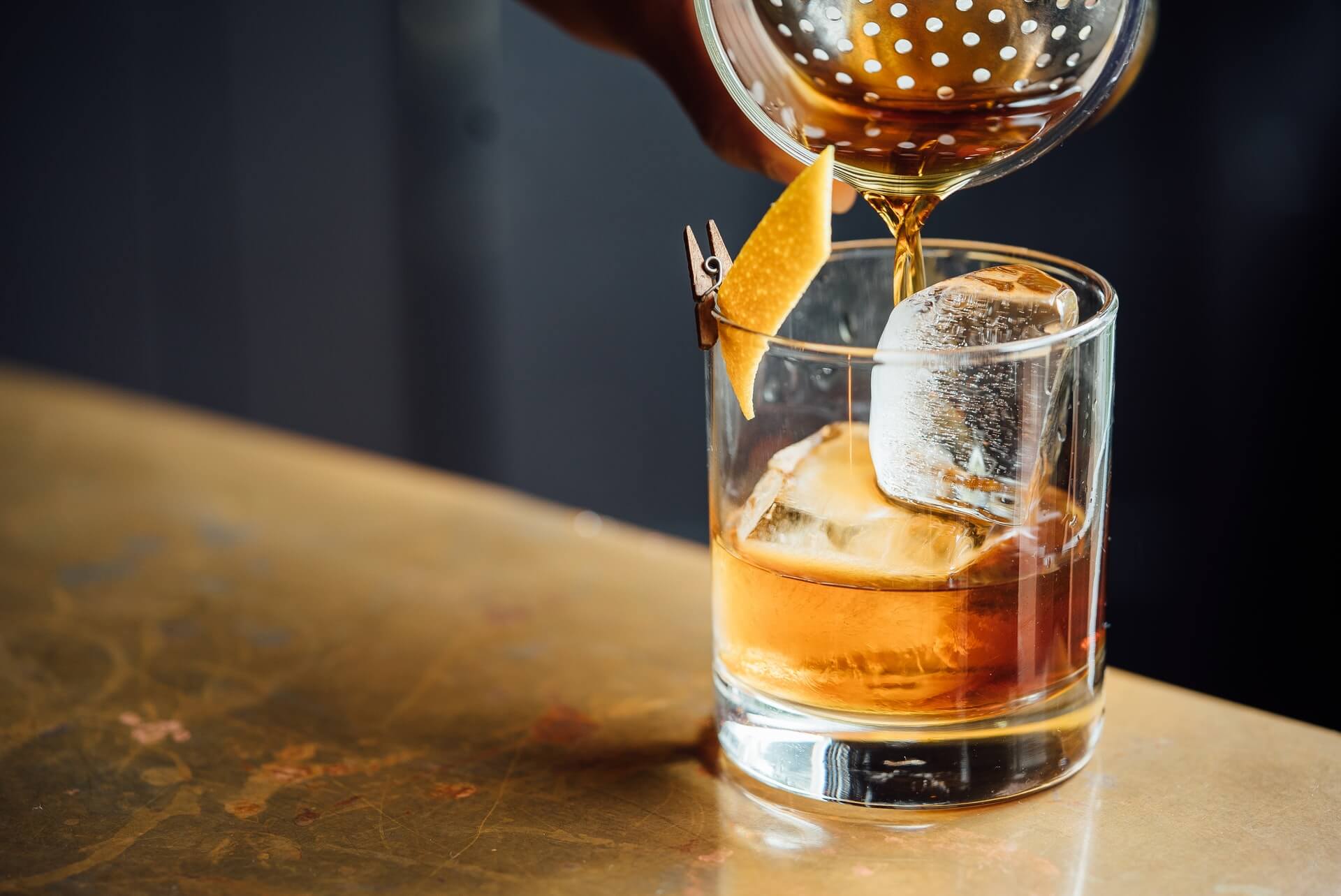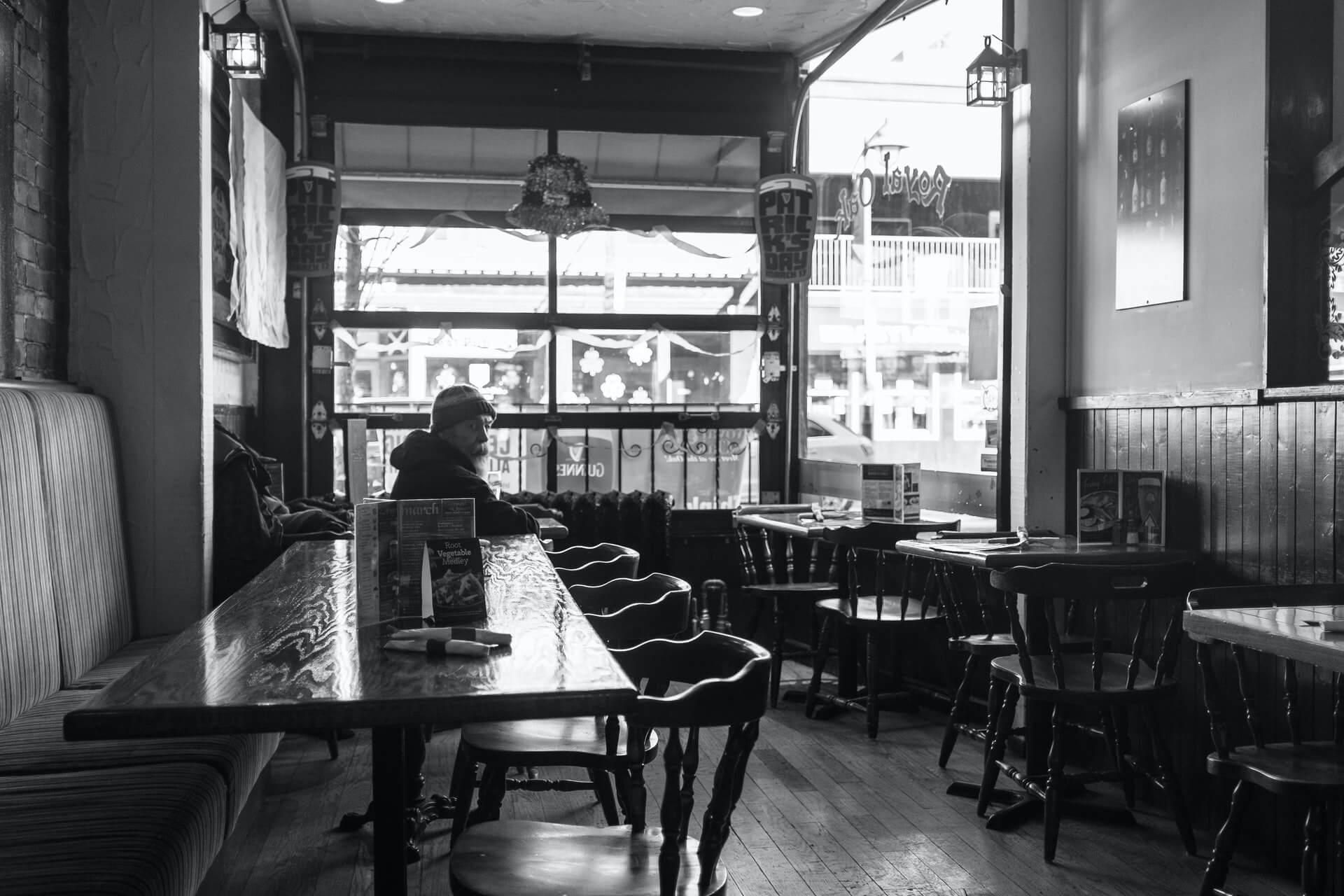Las Vegas Ushers in Next Nightlife Era
by David Klemt
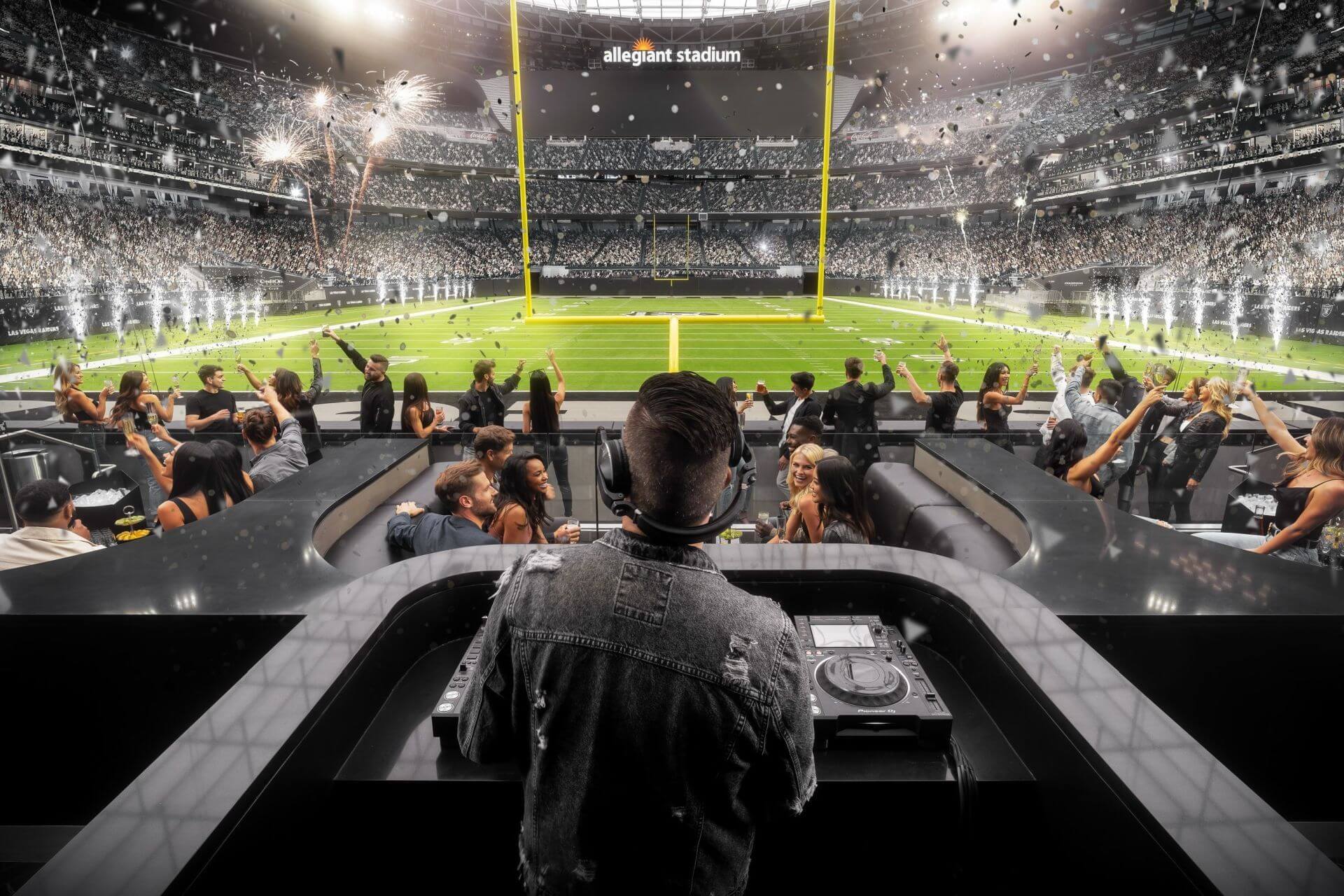
After more than a year of shut downs and severe restrictions, Las Vegas nightlife groups are planning an epic comeback.
Between a recent nightlife group acquisition and a very Vegas approach to sports, the city is preparing to go full send for Summer 2021.
Add to that Governor Steve Sisolak’s plan to reopen Nevada on June 1 and things are finally looking up in America’s Playground.
Only in Vegas
It took more than seven decades for “modern” Las Vegas to get the city’s first major sports team.
No, I’m not counting the AFL, CFL, UFL or XFL teams as “major” in comparison to the NFL or other professional leagues.
First came the Vegas Golden Knights in 2018. The Las Vegas Aces followed a year later, and last year the city became the home of the Las Vegas Raiders.
Because Las Vegas can’t quite bring itself to do things like other cities, two of our arenas feature nightlife elements.
Golden (K)Nights
T-Mobile Arena, home of the Golden Knights, offers the 18,000 square-foot Hyde Lounge.
Run by SBE, the international hospitality and hotel group, Hyde sits atop the general seating area. Not only do guests get an amazing view of sports action, the venue is also open during concerts.
There are private “living rooms” and four bars inside Hyde at T-Mobile Arena. Also, being a Vegas nightlife venue, Hyde offers table service and drives the experience with DJs.
And, of course, there are views of the iconic Las Vegas Strip.
The Death Star
That brings us to Allegiant Stadium, the home of the Las Vegas Raiders, also known as the Death Star among locals.
Wynn Nightlife (two points for anyone who guesses which casino group they represent) is the Official Nightlife Partner and Official Gaming Partner of the Raiders.
View this post on Instagram
The Vegas nightlife group is bringing Wynn Field Club to Allegiant’s north end zone—the entirety of the length of the north end zone. Wynn Field Club is an 11,000 square-foot nightlife “venue” that features 42 TVs, a 45,000-watt sound system, two DJ booths and—what else?—exclusivity, bottle service, and Wynn Nightlife DJs.
Also, I hear a Raiders game may break out during DJ sets and bottle popping…
TAO vs. Hakkasan?
Not anymore. Moving forward, it will be TAO plus Hakkasan.
One of the biggest nightlife battles is over as one titan, TAO Group, acquires another, Hakkasan Group.
The result isn’t just news for Las Vegas, though the two nightclub, dayclub and restaurant giants are most closely associated with the city.
TAO Group’s acquisition expands their incredible portfolio to an astounding 61 venues located in nearly two-dozen markets in five continents. Nine of the venues call Las Vegas home: TAO (of course), LAVO, OMNIA, JEWEL, Hakkasan, Marquee, Wet Republic, Beauty & Essex, and Casa Calavera.
Hakkasan Group will continue to operate Hakkasan, OMNIA, JEWEL, Wet Republic and Casa Calavera under the supervision of TAO Group.
Interestingly, Madison Square Garden Entertainment, the group constructing the MSG Sphere, acquired controlling interest in TAO Group in 2017. MSGE paid a reported $181 million for a 62.5 percent stake.
Back to Normal?
If anything, these developments seem to indicate that Las Vegas is on track to come back better than ever. Normal? Las Vegas can do better than that.
Las Vegas is set to re-establish its status as the world leader in nightlife in a post-pandemic world. Hyde Lounge and Wynn Field Club are perfect examples of how Vegas nightlife innovations redefine and then become the standards.
The nation—and the world—has a long way to go to recover from the pandemic. All glimmers of light near the end of a dark and twisted tunnel are welcome. It looks like the Strip’s legendary lights are shining brighter already.
Image: Anthony Mair

